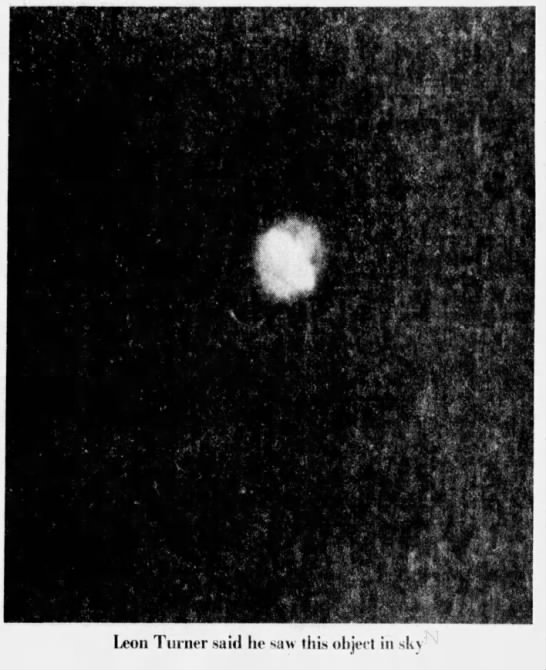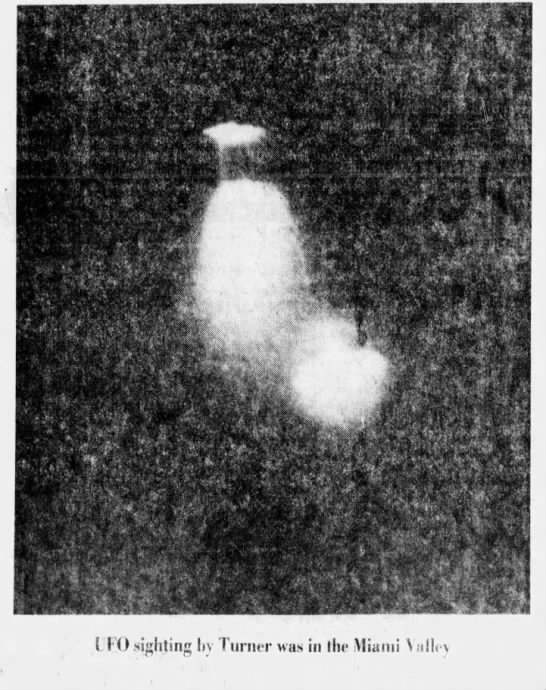 |
| "Ottawa Journal," May 16, 1936, via Newspapers.com |
If this goofy little blog of mine has a theme, it would be, "Life is weird." It fascinates me to find so many cases where utterly normal people are going about their utterly normal lives one moment, and in the next moment are suddenly plunged head-first into High Strangeness--often, permanently.
Take the now-forgotten case of Thomas Patteson Moss.
Moss was one of those people who seemed destined for a golden life. He was born into a wealthy and influential Canadian family. His father, John H. Moss, was a well-known Toronto barrister, and his grandfather had been Chief Justice of Ontario. His maternal grandfather, Thomas Patteson, was postmaster of Toronto, as well as the founder of the Ontario Jockey Club and editor of the "Toronto Mail." On both sides, Moss had a lineage both accomplished and highly respectable.
After being educated in his home country, Moss temporarily relocated to England. He began studying law at Oxford, after which he planned to return to Canada and be called to the Ontario bar. His classmates described Moss as likable, intelligent, and responsible: in the words of one friend, he was "an exceedingly fine and quiet young man, interested in his studies." Another contemporary later wrote of Moss, "I have a vivid impression of him from the few times when I did meet him. He was above all a scholar in the truest sense, and besides mastering his own subjects, he read a good deal and was a very interesting and amusing talker...He had a most lovable character." By all accounts, he was a sober, honest youth, not given to late hours or dissipation of any sort.
In 1936, the twenty-one year-old Moss was in his third year of studies at Balliol College. His time there was happy and successful, and the youth was looking forward to returning home and beginning what everyone assumed would be a fine legal career. To put it briefly, all seemed well.
At about 10:30 p.m. on the night of May 14, a friend saw Moss walking along Broad Street, in the direction of his lodgings at Oxford's Holywell Manor House Hostel. He was in his usual good spirits, and gave no indication of anything unusual. There was nothing to suggest that he would never be seen alive again.
About five hours later, a farmer in Stadhampton, a small, isolated village about ten miles south-east of Oxford, observed a hayrick burning in a nearby field. When he and some neighbors went to investigate, something quite unexpected and extremely horrifying was found in the ashes: a corpse, so badly charred as to be completely unrecognizable. Bits of paper found in the pockets, as well as a leather belt with a name engraved on it, enabled authorities to tentatively identify the body as that of Thomas Patteson Moss.
The local police immediately realized they had something extremely bizarre on their hands, and promptly called in assistance from London. Sir Bernard Spilsbury, the renowned Home Office pathologist, was given the task of doing the post-mortem. After the examination, he announced that he was unable to find a cause of death. There were no drugs or poison found in the body. The arms and skull had been fractured, but Spilsbury believed that was due to the intense heat of the fire. He found no other signs of pre-fire injury to the corpse. Spilsbury was also of the opinion that Moss had been alive, but presumably unconscious, when the fire started
All the obvious questions were asked: Presuming this was indeed young Moss, what on earth was he doing in a hayrick in a remote hamlet so far from his residence? How did the fire break out? Was it a case of accident, suicide, or murder, and how on earth could one come up with a logical explanation for any of those three possibilities?
The inquest primarily concerned itself with identifying the body. Moss' dentist examined the corpse's teeth, and testified that a distinctive broken tooth was identical with one Moss had had for some years. Friends identified the surviving bits of clothing as belonging to Moss. The laundry mark on the clothing was also positively his. Moss' watch, with the hands stopped at 2:10 a.m., had been found near the corpse. By such means, it was proved to the coroner's satisfaction that they were indeed dealing with the body of Thomas Moss. The jury ruled that he died from asphyxiation, but there was no evidence to show how he met his end. The young man was dead. Answering the question of how he died, was, unfortunately, a much more difficult matter.
Scotland Yard was utterly stumped. A minute search of Moss' past showed nothing at all abnormal. He had a wide circle of friends, and no enemies. He dated a few girls, but none of the relationships were serious. He had no history of depression. The police felt confident in dismissing the possibility of foul play or suicide. They believed it was a case of accidental death. Their theory--inasmuch as they could be said to have had one--was that in the middle of the night, Moss took it into his head to make a very long walk along unfamiliar country lanes to an obscure hamlet he had never before visited and had no reason to visit, then settled down to take a nap inside a hayrick. The hay then mysteriously burst into flames, asphyxiating him in his sleep.
A scenario which, frankly, seemed even stranger than any murder plot could possibly have been.
Thomas Moss' friends and family had likely always imagined that after a long and stellar career at the bar, he would peacefully pass away at a ripe old age, and then given a suitably elaborate funeral. Instead, before his life could be said to have really begun, he was quietly buried at the parish churchyard in North Leach, Gloucestershire, amid an air of sinister mystery.
On June 4, Mr. A. Lett, the Coroner for South Oxfordshire, told a reporter that while there was nothing about Moss' death to indicate foul play, "That does not say it was an accidental death." He added, "I very much question whether we shall get to the bottom of it."
Unfortunately, Lett's prediction was entirely correct.






















